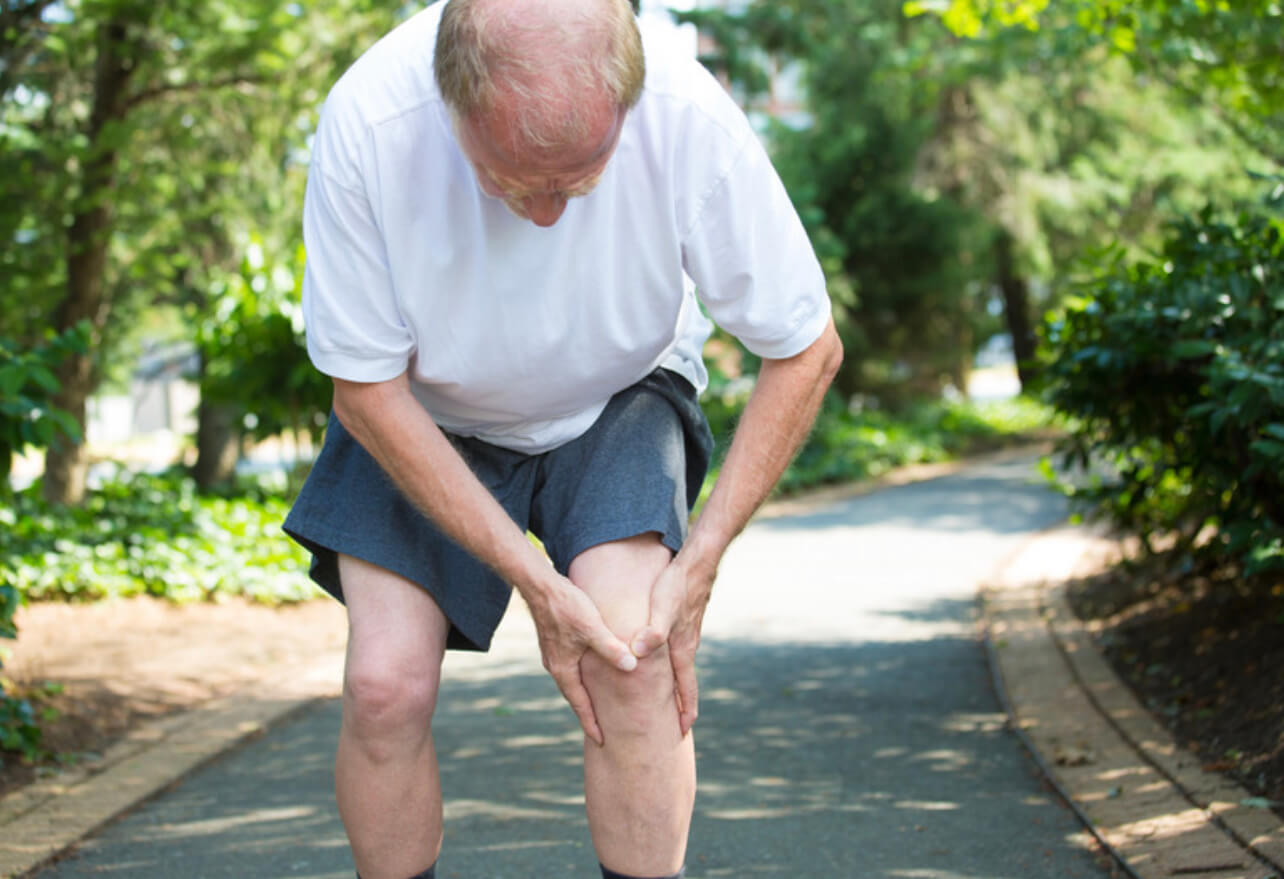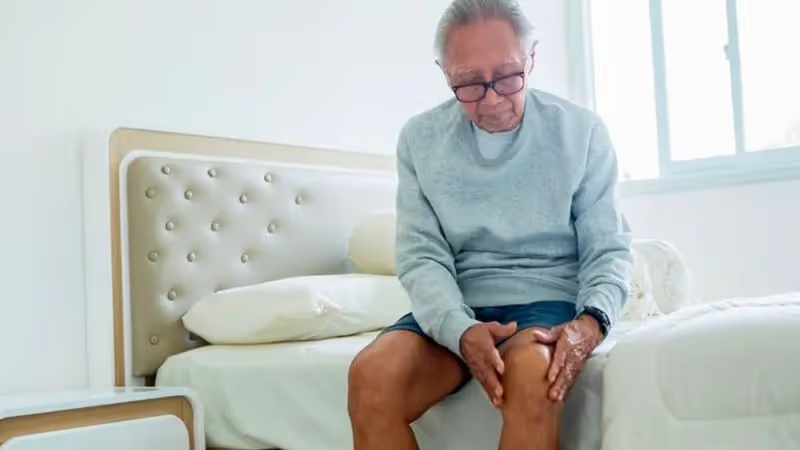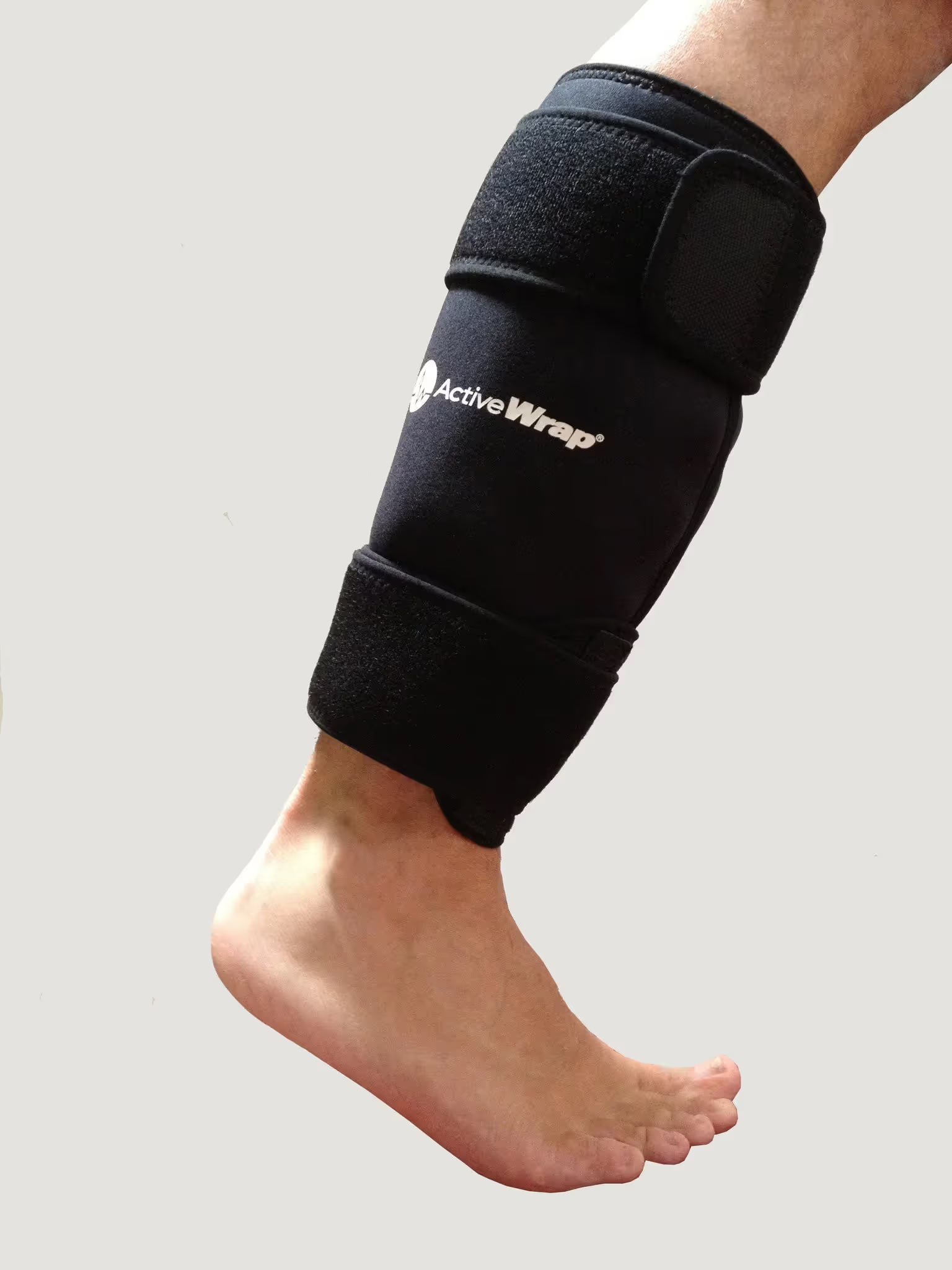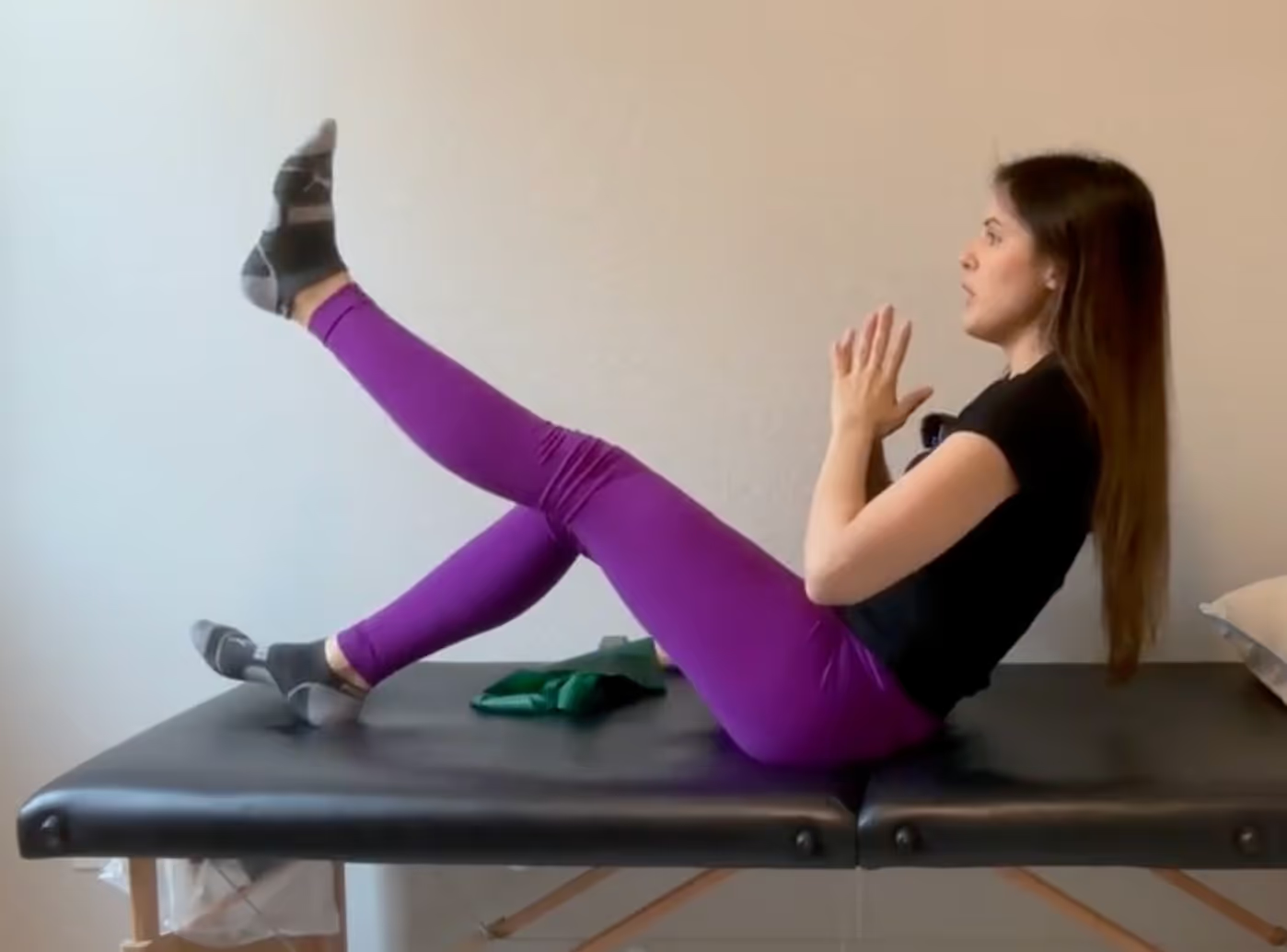Written by: Dr. Samantha Smith PT, DPT (Physical Therapist and Knee Replacement Specialist)
A knee replacement surgery (total knee arthroplasty) is becoming a common treatment for chronic knee pain. The knee is the most used and abused joint in the body due to its proximity to the ground. The knee joint takes a lot of trauma especially in athletes, heavy weight lifters, runners and individuals with an active lifestyle. As we age, our knee gets more and more worn down. A total knee replacement is most common in ages 55-85.
Recovering from a knee replacement surgery takes a lot of time, effort and motivation. Not only do the tissues have to heal, but your body has to adapt to a new joint. The timeline of healing varies per person, but in general, full recovery takes about 1 year.
Muscle takes ~ 6-8 weeks to heal.
Bone takes ~8-12 weeks to heal.
And your body takes ~1 year to accept a knee replacement.
With all of these factors, you can imagine how long it takes someone who is elderly to recover. Elderly individuals may have more strength impairments, co-morbidities, a more extensive medical history, more inflammation. After any injury, an older adult will recover slower due to specific changes to the healing process as we age. With all these factors, in general, it does take longer for elderly individuals to recover from a knee replacement surgery compared to a younger person with less complexities. The knee replacement recovery time for elderly could take anywhere between 2-4 months depending on the person.
Balance
Balance seems to be one of the most common complications after a knee replacement surgery in the elderly population. As we age, our balance diminishes due to the natural aging process. Our balance reactions are slower, our muscle fibers are different, our vision may not be as good, we may have neuropathy or numbness in our feet due to diabetes causing challenges with balance. All of these factors cause more difficulty with recovery after a total knee replacement. The more balance challenges you have, the longer you will stay on a walker or cane, which causes weakness in the legs. Having a knee replacement also causes a lot of weakness in that leg due to the surgery. Leg weakness along with age related balance impairments causes an increased risk of falls.
Strength
As we age, our body naturally loses muscle. This is called sarcopenia. Sarcopenia starts at age 30 and slowly increases as we continue to get older. We lose ~1-2% of muscle mass each year starting at age 30. If you are not consistently doing resistance and strength training, you will have muscle loss. As you can imagine, a person who has not consistently strength trained before their knee replacement will have difficulty gaining strength back. During a total knee replacement, the quadriceps muscle is damaged by the tourniquet used during surgery and due to the incision made. During surgery, the doctor cuts into the bottom part of the quadriceps muscle causing damage.
A weak quad before surgery is much more difficult to strength post surgery. On top of surgical acquired weakness, older adults generally have overall lower extremity weakness that cause difficulty with walking, completing transfers and overall mobility.
Pain
Pain is definitely different with each person. Some people perceive pain differently than others. Ongoing pain after a surgery, especially a big surgery like a knee replacement, can cause a cascade of events in the body to happen. The biggest change we see is a rise in blood pressure. Because older adults become more at risk to heart attack and stroke, blood pressure monitoring is very important. High blood pressure for a significant amount of time can lead to changes in the heart, and a spike in blood pressure can lead to cardiovascular events. It is important to have a plan after a knee replacement for those who have blood pressure challenges.

Physical therapy
Physical therapy can help patients return to normal activity after a total knee replacement surgery. Physical therapists specialize in helping patients with complex medical issues gain muscle, balance and coordination. A physical therapist can also help reduce overall pain in your new knee after a knee replacement to ensure a successful recovery timeline. Physical therapy will also focus on generalized strengthening to improve functional outcomes and relieve pain not only in your knee, but your hip, back and ankle, all of which are common after a total knee replacement surgery.
Your physical therapy plan should include:
- Balance training
- Strength training
- Gait (walking) training
- Assistive device training (how to use walker)
- Stair training
At four to six weeks post surgery, you should be able to complete many challenging physical therapy exercises with significant improvement and less pain overall. Your exercise and rehab schedule should be tailored to your recovery timeline. Each person is very different depending on their level of activity prior to surgery.
Risks during surgery
The most common risks after a knee replacement are blood clots and infections. These are very rare. It is unlikely to have serious complications if you catch them early. Being educated is the best medicine when it comes to these risks.
Blood clots are very common due to the increased blood flow to the knee after surgery. It is important to walk after surgery to avoid complications of a blood clot. Your doctor will also give you medication to help with clotting - usually a blood thinner. Your physical therapist will also give you exercises to provide early mobilization of your knee after surgery.
Symptoms of a blood clot:
- Redness (surgical leg more red than other)
- Increased pain (especially at back of knee or in calf)
- Swelling
These symptoms are very common for anyone after a knee replacement. It is sometimes difficult to tell the difference between a blood clot and normal healing after knee surgery. Always contact your doctor right away if you are concerned.
Symptoms of an infection:
- Oozing at incision
- Redness at incision
- Increased pain
- Fever over 100.4
- Not feeling well overall
These symptoms are not normal and warrant a call to the doctor immediately. If the doctor seems unconcerned, ask to send a picture or go to urgent care. Curing an infection is easy with antibiotics.
Should an older adult get a knee replacement?
If your health is under control with medications or you are in fairly good health with minimal co-morbidities, undergoing knee replacement surgery is a good idea, if you need it. Many people like to wait as long as possible to get their knee replacement, which is understandable. However, the longer you wait, the bigger the chance of something more detrimental happening with your health.
If you are struggling with knee pain, it is unlikely you are exercising regularly do to the pain in your knee. Less exercise and activity can lead to various health events such as heart problems, stroke, diabetes, high cholesterol, depression, etc. Getting your knee done while you are healthy enough to do so is always a good idea. Returning to physical activities is always beneficial for older adults.
Your healthcare team will develop a plan to ensure a knee replacement surgery is right for you.

.avif)






